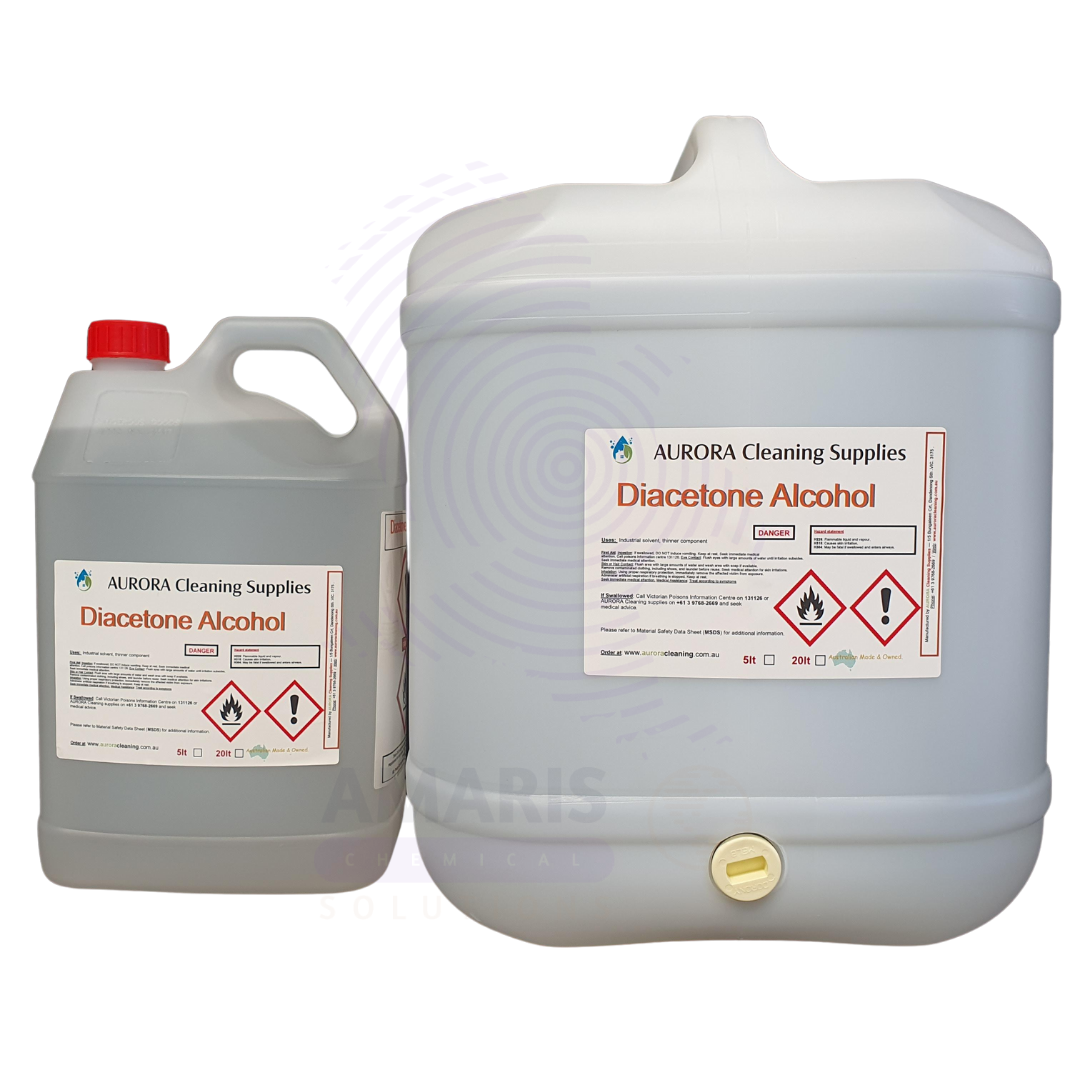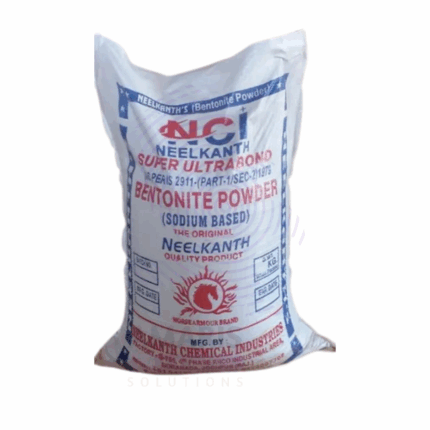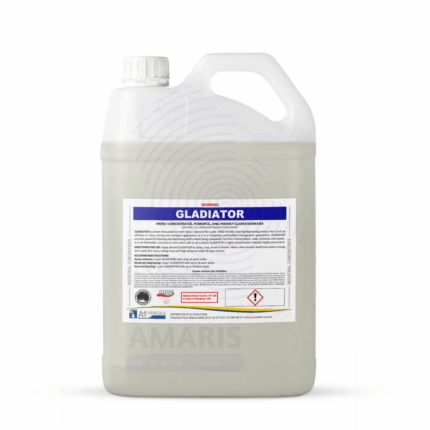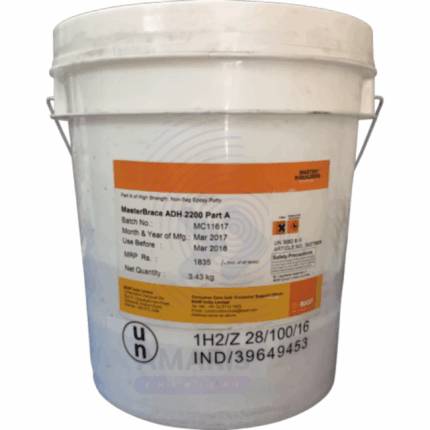
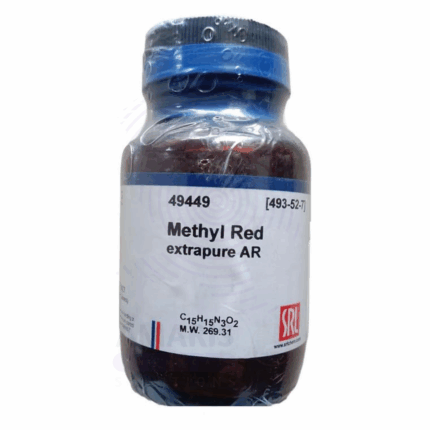
Di Acetone Alcohol
Di Acetone Alcohol (chemical name: 4-Hydroxy-4-methylpentan-2-one) is a clear, colorless to pale yellow liquid with a mild acetone-like odor. It is a versatile organic solvent and intermediate widely used in the manufacture of coatings, adhesives, inks, and specialty chemicals. Di Acetone Alcohol exhibits excellent solvency for resins, oils, and fats, combined with moderate evaporation rate and low volatility compared to acetone, making it suitable for controlled drying applications. It also serves as a chemical intermediate in synthesis reactions and as a component in solvent blends to optimize performance and drying characteristics.
Di Acetone Alcohol
Primary Uses
Industrial Solvent Applications
- Used as a solvent for nitrocellulose, cellulose acetate, and other resins in coatings, paints, and varnishes.
- Dissolves oils, fats, waxes, and various synthetic polymers, improving product formulation and application.
- Acts as a slow-evaporating solvent in solvent blends to control drying times and film formation in paints and inks.
- Employed in adhesive formulations for enhanced solubility and bonding properties.
Chemical Intermediate
- Serves as an intermediate in the synthesis of pharmaceuticals, agrochemicals, and plasticizers.
- Used in the production of fragrances and flavors.
- Participates in condensation reactions and other organic syntheses requiring a hydroxyketone functionality.
Coatings and Inks
- Utilized in solvent-based printing inks for its solvency and controlled drying behavior.
- Improves gloss, adhesion, and durability in industrial and automotive coatings.
Cleaning and Degreasing
- Used in industrial cleaning formulations for removing grease, oils, and heavy soils.
- Functions as a component in metal cleaning and surface preparation solvents.
Secondary Uses
Pharmaceutical Industry
- Applied as a solvent and intermediate in the formulation of certain pharmaceuticals.
Laboratory Reagent
- Used as a reagent or solvent in organic chemistry laboratories for various synthesis and extraction processes.
Plastic and Polymer Industry
- Acts as a solvent in polymer modification and processing.
- Basic Identification Attributes
- Chemical Name (IUPAC): 4-Hydroxy-4-methylpentan-2-one
- Common/Trade Name: Di Acetone Alcohol
- CAS Number: 123-42-2
- HS Code: 2914.39.00
- Molecular Formula: C6H12O2
- Synonyms:
- 4-Hydroxy-4-methylpentan-2-one
- DAA
- Diacetone Alcohol
- 4-Hydroxy-4-methyl-2-pentanone
- Physical & Chemical Properties
- Physical State: Clear, colorless to pale yellow liquid
- Odor: Mild acetone-like
- Boiling Point: 169°C (336°F)
- Melting Point: −42°C
- Flash Point: 95°C (closed cup)
- Solubility: Miscible with water, alcohols, ketones, and many organic solvents
- Vapor Pressure: Approximately 1.3 mmHg at 20°C
- Density: 0.93 g/cm³ at 20°C
- Viscosity: Moderate viscosity compared to acetone
- Safety & Hazard Attributes
- Hazard Class (GHS): Flammable liquid, Category 4
- Hazards: Irritating to eyes and skin; may cause respiratory irritation
- Flammability: Combustible liquid with flash point near 95°C
- Exposure Limits: OSHA PEL (8-hour TWA) typically 100 ppm (varies by jurisdiction)
- Toxicity: Low acute toxicity, but prolonged exposure may cause irritation or CNS effects
- Storage & Handling Attributes
- Storage Conditions: Store in a cool, dry, well-ventilated area away from heat and ignition sources
- Container Type: Flammable liquid approved containers such as steel drums or HDPE containers
- Shelf Life: Typically 1–2 years if stored properly in sealed containers
- Handling Precautions: Use proper personal protective equipment (PPE); avoid inhalation and skin contact; ensure good ventilation
- Regulatory & Compliance Attributes
- Regulatory Status: Complies with relevant chemical safety standards (OSHA, REACH)
- Transportation: Classified as a flammable liquid; follow applicable hazardous material regulations
- Environmental Regulations: Dispose of according to local environmental laws
- Environmental & Health Impact
- Biodegradability: Readily biodegradable under aerobic conditions
- Ecotoxicity: Low to moderate aquatic toxicity; avoid release into waterways
- Bioaccumulation: Not expected to bioaccumulate significantly
Carcinogenicity/Mutagenicity: Not classified as carcinogenic or mutagenic
Safety Handling Precautions
- PPE Required:
- Chemical-resistant gloves
- Safety goggles or face shield
- Protective clothing
- Respiratory protection if ventilation is inadequate
- Handling Guidelines:
- Avoid breathing vapors or mist
- Prevent skin and eye contact
- Use only in well-ventilated areas
- Storage Measures:
- Keep containers tightly closed
- Store away from sources of ignition and heat
- Avoid exposure to direct sunlight and moisture
First Aid Measures
- Inhalation: Move to fresh air; seek medical attention if symptoms persist
- Skin Contact: Wash thoroughly with soap and water; remove contaminated clothing; seek medical advice if irritation develops
- Eye Contact: Rinse cautiously with water for several minutes; remove contact lenses if present; get medical attention if irritation persists
- Ingestion: Do not induce vomiting; rinse mouth; seek immediate medical attention
Firefighting Measures
- Fire Hazards: Combustible liquid; moderate fire risk
- Extinguishing Media: Use foam, dry chemical, carbon dioxide (CO₂), or water spray
- Special Precautions: Use self-contained breathing apparatus (SCBA) and protective clothing; prevent run-off into drains or waterways
- Decomposition Products: May produce carbon monoxide, carbon dioxide, and other toxic fumes under combustion


 Preservatives(food)
Preservatives(food) Flavor Enhancers
Flavor Enhancers Acidulants
Acidulants Sweeteners
Sweeteners Antioxidants
Antioxidants Colorants(food)
Colorants(food) Nutraceutical Ingredients (food)
Nutraceutical Ingredients (food) Nutrient Supplements
Nutrient Supplements Emulsifiers
Emulsifiers
 Collectors
Collectors Dust Suppressants
Dust Suppressants Explosives and Blasting Agents
Explosives and Blasting Agents Flocculants and Coagulants
Flocculants and Coagulants Frothers
Frothers Leaching Agents
Leaching Agents pH Modifiers
pH Modifiers Precious Metal Extraction Agents
Precious Metal Extraction Agents
 Antioxidants(plastic)
Antioxidants(plastic) Colorants (Pigments, Dyes)
Colorants (Pigments, Dyes) Fillers and Reinforcements
Fillers and Reinforcements Flame Retardants
Flame Retardants Monomers
Monomers Plasticizers
Plasticizers Polymerization Initiators
Polymerization Initiators Stabilizers (UV, Heat)
Stabilizers (UV, Heat)
 Antifoaming Agents
Antifoaming Agents Chelating Agents
Chelating Agents Coagulants and Flocculants
Coagulants and Flocculants Corrosion Inhibitors
Corrosion Inhibitors Disinfectants and Biocides
Disinfectants and Biocides Oxidizing Agents
Oxidizing Agents pH Adjusters
pH Adjusters Scale Inhibitors( water)
Scale Inhibitors( water)
 Antioxidants(cosmetic)
Antioxidants(cosmetic) Emollients
Emollients Fragrances and Essential Oils
Fragrances and Essential Oils Humectants
Humectants Preservatives
Preservatives Surfactants(cosmetic)
Surfactants(cosmetic) Thickeners
Thickeners UV Filters
UV Filters
 Fertilizers
Fertilizers Soil Conditioners
Soil Conditioners Plant Growth Regulators
Plant Growth Regulators Animal Feed Additives
Animal Feed Additives Biostimulants
Biostimulants Pesticides (Herbicides, Insecticides, Fungicides)
Pesticides (Herbicides, Insecticides, Fungicides)
 Active Pharmaceutical Ingredients (APIs)
Active Pharmaceutical Ingredients (APIs) Excipients
Excipients Solvents(pharmaceutical)
Solvents(pharmaceutical) Antibiotics
Antibiotics Antiseptics and Disinfectants
Antiseptics and Disinfectants Vaccine Adjuvants
Vaccine Adjuvants Nutraceutical Ingredients (pharmaceutical)
Nutraceutical Ingredients (pharmaceutical) Analgesics & Antipyretics
Analgesics & Antipyretics
 Analytical Reagents
Analytical Reagents Solvents(lab)
Solvents(lab) Chromatography Chemicals
Chromatography Chemicals Spectroscopy Reagents
Spectroscopy Reagents microbiology-and-cell-culture-reagents
microbiology-and-cell-culture-reagents Molecular Biology Reagents
Molecular Biology Reagents Biochemical Reagents
Biochemical Reagents Inorganic and Organic Standards
Inorganic and Organic Standards Laboratory Safety Chemicals
Laboratory Safety Chemicals Specialty Laboratory Chemicals(Special Laboratory Equipment)
Specialty Laboratory Chemicals(Special Laboratory Equipment)
 Demulsifiers
Demulsifiers Hydraulic Fracturing Fluids
Hydraulic Fracturing Fluids Scale Inhibitors(oil)
Scale Inhibitors(oil) Surfactants(oil)
Surfactants(oil) Drilling Fluids
Drilling Fluids
 Dyes and Pigments
Dyes and Pigments Bleaching Agents
Bleaching Agents Softening Agents
Softening Agents Finishing Agents
Finishing Agents Antistatic Agents
Antistatic Agents
 Admixtures
Admixtures Waterproofing Agents
Waterproofing Agents Sealants and Adhesives
Sealants and Adhesives Curing Compounds
Curing Compounds Concrete Repair Chemicals
Concrete Repair Chemicals Anti-Corrosion Coatings
Anti-Corrosion Coatings
 Surfactants(cleaning)
Surfactants(cleaning) Builders
Builders Enzymes
Enzymes Solvents (Cleaning)
Solvents (Cleaning) Fragrances
Fragrances
 Electronic Chemicals
Electronic Chemicals Catalysts
Catalysts Lubricants
Lubricants Photographic Chemicals
Photographic Chemicals Refrigerants
Refrigerants Automotive chemicals
Automotive chemicals Pyrotechnic Chemicals
Pyrotechnic Chemicals
 Biodegradable Surfactants
Biodegradable Surfactants Bio-based Solvents
Bio-based Solvents Renewable Polymers
Renewable Polymers Carbon Capture Chemicals
Carbon Capture Chemicals Wastewater Treatment Chemicals
Wastewater Treatment Chemicals
 Pigments
Pigments Solvents(paint)
Solvents(paint) Specialty Coatings
Specialty Coatings Binders/Resins
Binders/Resins Additives
Additives Driers
Driers Anti-Corrosion Agents
Anti-Corrosion Agents Functional Coatings
Functional Coatings Application-Specific Coatings
Application-Specific Coatings
 Fresh Herbs
Fresh Herbs Ground Spices
Ground Spices Whole Spices
Whole Spices Spice Blends
Spice Blends Dried Herbs
Dried Herbs
 Leavening Agents
Leavening Agents Dough Conditioners
Dough Conditioners Flour Treatments
Flour Treatments Fat Replacers
Fat Replacers Decoratives
Decoratives Preservatives(baking)
Preservatives(baking)
 Plasticizers & Softeners
Plasticizers & Softeners Reinforcing Agents
Reinforcing Agents Adhesion Promoters
Adhesion Promoters Vulcanizing Agents
Vulcanizing Agents Antidegradants
Antidegradants Blowing Agents
Blowing Agents Fillers & Extenders
Fillers & Extenders Accelerators & Retarders
Accelerators & Retarders